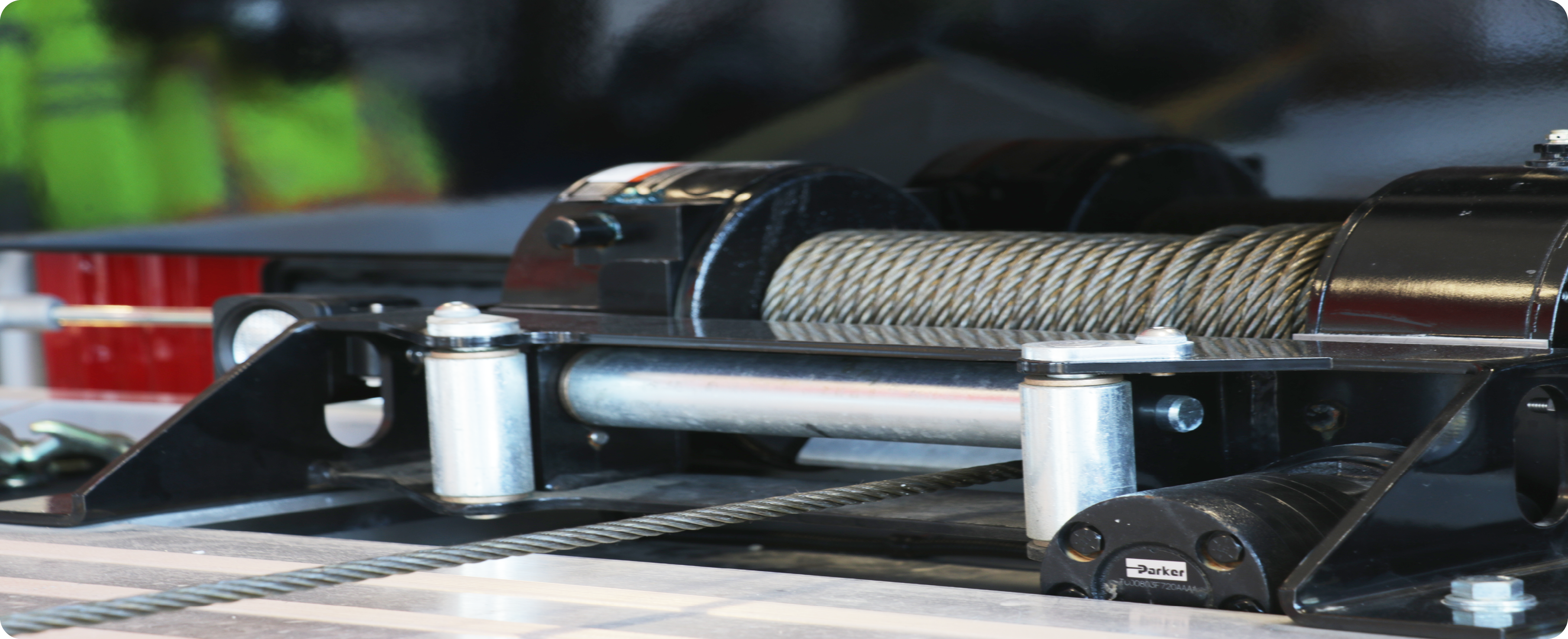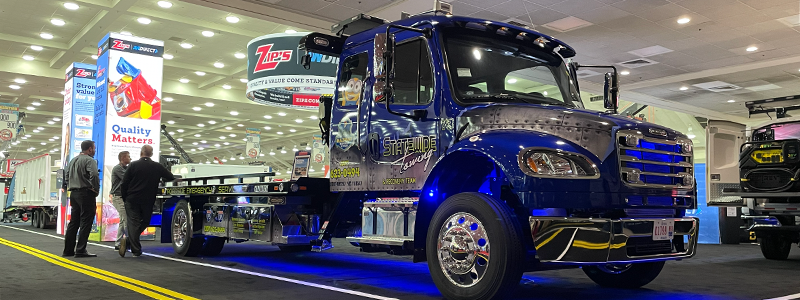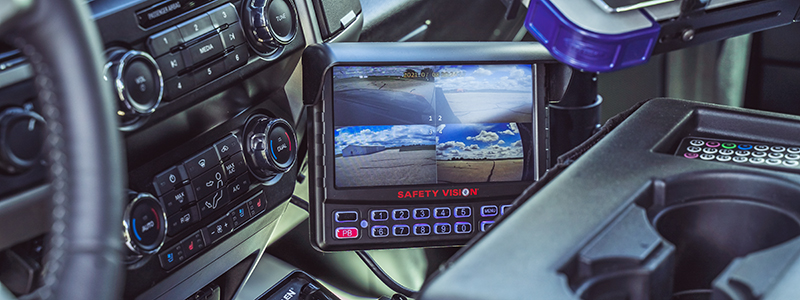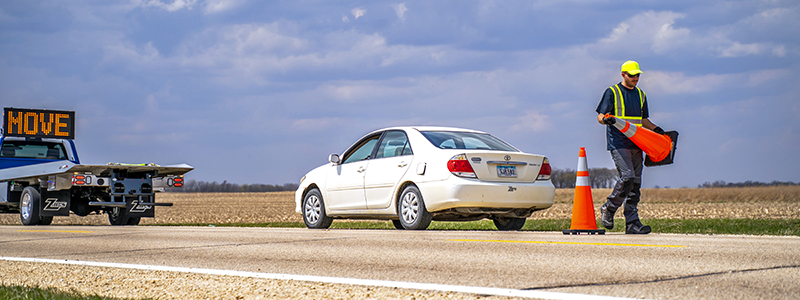How to Maintain Your Winch

Proper care can save your equipment and save you money. With the right maintenance, you can ensure your gear lasts longer, reducing your need to purchase new equipment. We’re here to help teach you how to do exactly that. In today’s blog, we’re looking at how to take care of your winches. We’ll start with a step-by-step guide on what to look at and what you should do before moving on to how often you should go about performing this routine maintenance.
What you need to check:
The first step in maintaining your winch is simple: know how to use it. By reading your owner’s manual, you can learn the ins and outs of your specific winch. This understanding lets you use it the way it was intended to be used. Winches differ from brand to brand and model to model, so knowing what it’s capable of, the proper procedure to use it and the care your specific winch needs will extend its lifespan.
Next, you need to check the fasteners to make sure they are tight and have the proper torque. By ensuring they are tight and ready to use, you can significantly lower the chances of a failure while it’s in use. While you’re at it, be sure to check your mounting bolts to ensure they stay secure. Making sure the winch base is secured is just as important. Of course, if there are any damaged fasteners or mounting bolts, replace them before using the winch.
Third, check the wiring. Be sure to verify that all wiring is correct and that the connections are tight. Check for exposed or bare wires or terminals while also checking for cable insulation damage. If you find any, make sure to cover exposures with terminal boots and repair or replace all damaged electrical cables. This helps prevent electrical issues from faulty wiring. If the winch is hydraulic, check the hoses and connections for cracks and leaks. Ensure that both your hydraulic and electrical connections are secure.
Fourth, be sure to check the winch line for damage. We go into more detail in this blog, but to summarize: be sure that your winch ropes are not creased, worn down or damaged in any way. Replace them if they are. Additionally, you'll want to lubricate your wire ropes with winch lubricant to help prevent wear and corrosion. Be sure to store them in the proper conditions and use a tensioner guide to avoid line damage from birdnesting. See photos at right.
Finally, you want to ensure that the gears fully re-engage when taking the winch out of free spool. It is best once the free spool locks in to run it out and then back in to ensure proper engagement. If they don’t fully re-engage, there is a risk that they could let go, causing whatever load you have on the wire rope to be released. This leads to more damage and danger that can easily be avoided.
How often:
Ideally, you should be inspecting your winch before and after each use. However, if you are not using your winch every day, it is a good idea to go through the list above every 90 days. This helps keep the winch in top condition, even when you don’t need it.


In conclusion:
Performing basic maintenance is an easy way to keep your equipment in top shape. This helps it stay working for as long as possible while also preventing unnecessary damage and costs. Hopefully, this guide helps keep your winch in great condition.


%20blog%20thumbnail.png)








